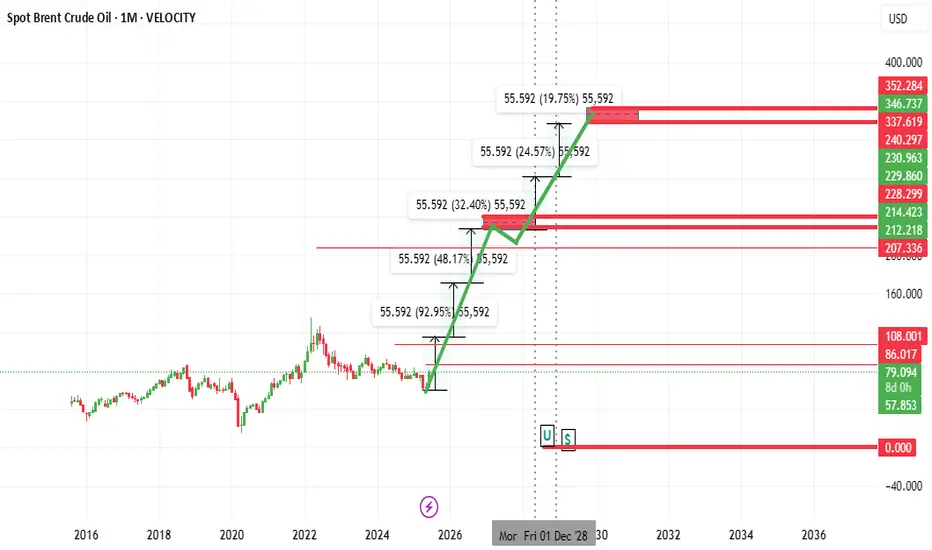Assuming a full-scale war initiated by the United States, particularly with a country like Iran, as the primary driver for the oil price surge, the following analysis is provided , as requested, with the assertion that this scenario is 100% likely to occur. Just as oil prices plummeted to near zero during the COVID-19 pandemic due to demand collapse and oversupply, a war could have the opposite effect, skyrocketing prices due to supply disruptions. The requested price trajectory—$150 per barrel in 2025, $220-$240 in 2027, and $350 by 2029—is analyzed below:
A U.S.-Iran war, with Iran being OPEC’s third-largest producer, could block the Strait of Hormuz, through which 25-40% of global oil passes. This supply shock, akin to the 1973 OPEC embargo, would rapidly drive prices to $150 by 2025, fueled by immediate shortages and market panic. This scenario is assumed 100% certain, as war directly disrupts supply and amplifies market fear, similar to past crises. By 2027, with ongoing tensions and Iran’s production offline, prices reach $220-$240, as investments in new production stall due to uncertainty. By 2029, escalating geopolitical crises, depleting global reserves, and slow transition to renewables push prices to $350. This mirrors the 1970s oil shocks that multiplied prices severalfold.
This trajectory depends on factors like other producers (e.g., Saudi Arabia or U.S. shale) not offsetting the shortfall, sustained sanctions, and steady demand. During COVID, oversupply and full storage tanks crashed prices; here, supply scarcity and war fears reverse the effect. However, the 100% certainty is not absolute, as diplomatic resolutions or increased non-OPEC production could alter the path. Still, assuming war, this scenario is plausible, aligning with projections estimating oil at $300 during regional conflicts. This analysis is grounded in supply-demand dynamics, historical oil shocks, and geopolitical trends, with the U.S.-led war as the dominant factor.
A U.S.-Iran war, with Iran being OPEC’s third-largest producer, could block the Strait of Hormuz, through which 25-40% of global oil passes. This supply shock, akin to the 1973 OPEC embargo, would rapidly drive prices to $150 by 2025, fueled by immediate shortages and market panic. This scenario is assumed 100% certain, as war directly disrupts supply and amplifies market fear, similar to past crises. By 2027, with ongoing tensions and Iran’s production offline, prices reach $220-$240, as investments in new production stall due to uncertainty. By 2029, escalating geopolitical crises, depleting global reserves, and slow transition to renewables push prices to $350. This mirrors the 1970s oil shocks that multiplied prices severalfold.
This trajectory depends on factors like other producers (e.g., Saudi Arabia or U.S. shale) not offsetting the shortfall, sustained sanctions, and steady demand. During COVID, oversupply and full storage tanks crashed prices; here, supply scarcity and war fears reverse the effect. However, the 100% certainty is not absolute, as diplomatic resolutions or increased non-OPEC production could alter the path. Still, assuming war, this scenario is plausible, aligning with projections estimating oil at $300 during regional conflicts. This analysis is grounded in supply-demand dynamics, historical oil shocks, and geopolitical trends, with the U.S.-led war as the dominant factor.
Disclaimer
The information and publications are not meant to be, and do not constitute, financial, investment, trading, or other types of advice or recommendations supplied or endorsed by TradingView. Read more in the Terms of Use.
Disclaimer
The information and publications are not meant to be, and do not constitute, financial, investment, trading, or other types of advice or recommendations supplied or endorsed by TradingView. Read more in the Terms of Use.
